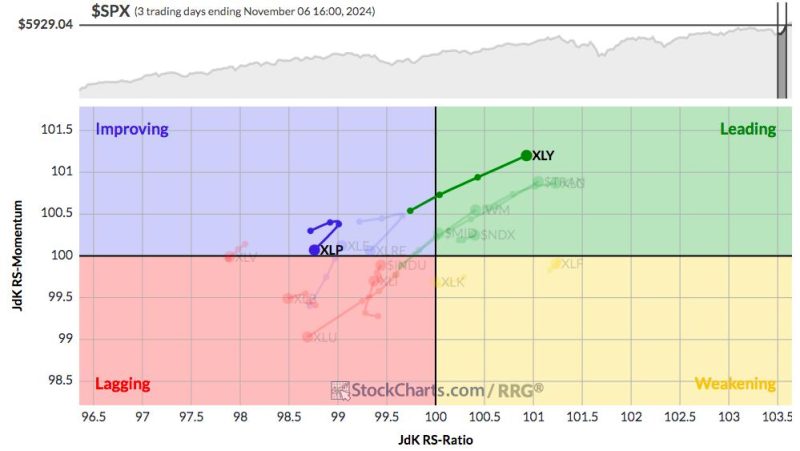In the dynamic world of investing, the concept of a secular bull market has been a topic of interest and discussion among investors and analysts alike. As the market continues to evolve, it is crucial to understand the nuances of this long-term trend and the major rotations that may impact investment decisions.
A secular bull market is characterized by an extended period of rising stock prices, usually lasting for several years or even decades. During such periods, economic growth is generally strong, and investor confidence is high. It is essential to differentiate between a secular bull market and a cyclical bull market, which refers to shorter-term upswings within the larger secular trend.
One key aspect of the current secular bull market is the major rotation that has taken place in various sectors and asset classes. While certain industries such as technology and healthcare have enjoyed significant gains in recent years, there has been a notable shift towards value stocks and sectors that were previously undervalued. This rotation can be attributed to changing market dynamics, economic factors, and investor sentiment.
Investors need to pay close attention to these rotations and adjust their portfolios accordingly to capitalize on emerging opportunities. Diversification across different sectors and asset classes can help manage risk and take advantage of market trends. It is also crucial to stay informed about macroeconomic trends, geopolitical events, and other factors that can impact market performance.
Moreover, the role of monetary policy and central bank actions cannot be overlooked in the context of a secular bull market. With interest rates and inflation expectations playing a significant role in shaping market sentiment, investors should closely monitor policy decisions and their potential implications for asset prices.
In conclusion, navigating a secular bull market requires a combination of diligent research, disciplined investing strategies, and adaptability to changing market conditions. By staying informed, diversifying portfolios, and monitoring major rotations, investors can position themselves to benefit from the long-term upward trend in the market while effectively managing risks.
